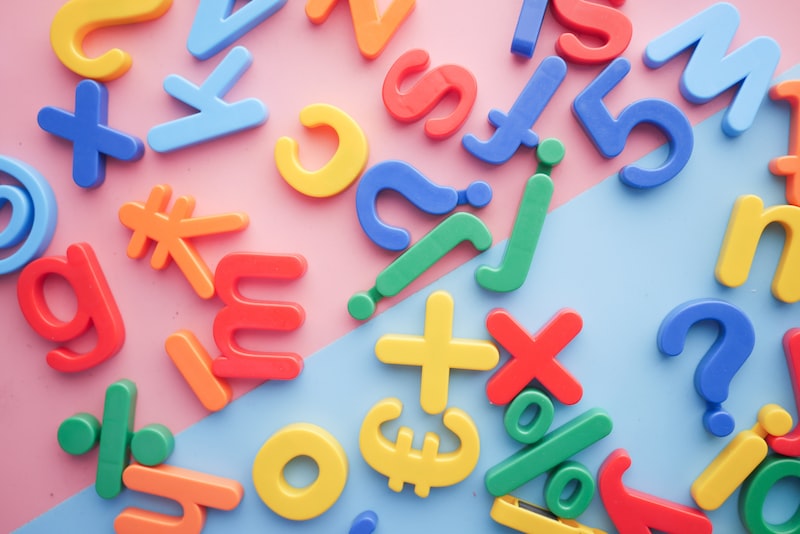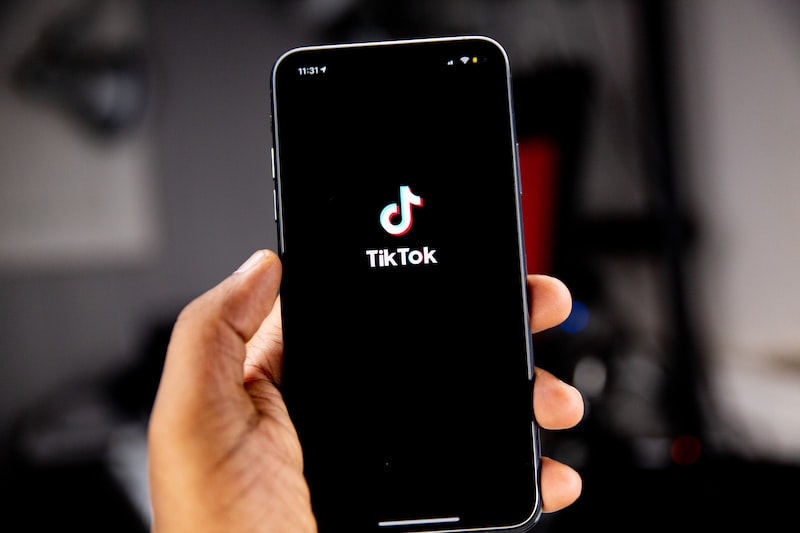Table of Contents

Language is a powerful tool that humans have developed to express themselves and communicate with others. It serves various functions, allowing us to convey our thoughts, feelings, ideas, and intentions effectively. In this article, we will explore the linguistic toolbox and gain a deeper understanding of the different language functions.
One essential language function is informative or referential language. This function focuses on providing information and conveying facts. When we use language informatively, we aim to share knowledge and communicate objective truths. For example, when we say, “The sun rises in the east,” we are using language to inform or refer to a specific fact.
On the other hand, expressive language serves the function of expressing emotions, attitudes, and personal opinions. It allows us to convey our feelings and subjective experiences. When we say, “I’m thrilled about my upcoming vacation,” we are using language expressively to communicate our excitement and emotions.
Another important function is directive language, which is used to give instructions, make requests, or provide guidance. It enables us to influence the behavior of others and direct their actions. For instance, when a teacher says, “Please submit your assignments by Friday,” they are using language in a directive manner to instruct their students.
Phatic language, often referred to as social language, is used to establish and maintain social relationships. This type of language includes greetings, small talk, and other conversational conventions. When we say, “How are you?” or “Nice weather we’re having,” we are using phatic language to initiate or sustain social interactions.

Lastly, persuasive language aims to convince or persuade others to adopt a particular viewpoint or take a specific course of action. Advertisements and political speeches frequently employ persuasive language to influence people’s opinions or behaviors. When we hear someone saying, “You deserve the best, buy our product today,” we encounter persuasive language that appeals to our desires and convinces us to make a purchase.
the linguistic toolbox encompasses various language functions
that enable us to communicate effectively. From informative and expressive language to directive, phatic, and persuasive language, each function serves a unique purpose in our daily interactions. By understanding these language functions, we can enhance our communication skills and engage more meaningfully with others.Cracking the Code: Unveiling the Mysteries of Language Functions
Are you ready to embark on a journey into the fascinating world of language functions? Prepare to unlock the secrets and delve deep into the mysteries that surround the way we communicate. In this article, we will uncover the code behind language functions and unravel their significance in our daily interactions.
Language functions are like the building blocks of communication. Just as a puzzle is composed of different pieces that fit together to create a whole picture, language functions are the essential components that enable us to convey meaning effectively. They are the tools we use to express ideas, seek information, persuade others, or simply engage in conversation.
Imagine language functions as a toolbox filled with various linguistic tools. Each tool serves a specific purpose and allows us to achieve different communicative goals. For instance, one tool might be used for giving directions, while another is employed to describe experiences vividly. By mastering these tools, we become more proficient in expressing our thoughts and connecting with others.
But how do these language functions actually work? Let’s take a closer look at an example: the function of requesting information. When we want to obtain knowledge or clarify something, we use specific language patterns to ask questions. These patterns vary depending on the level of formality and the type of information we seek. By understanding these patterns and choosing the appropriate ones, we can ensure effective communication and gather the desired information.
Language functions also play a crucial role in social interactions. Think of them as social lubricants that allow us to navigate conversations smoothly. They provide us with the ability to express politeness, make requests, apologize, or show gratitude. By utilizing the right language function in a given situation, we can establish rapport, build trust, and strengthen our relationships with others.
language functions are the foundation of effective communication. They give us the power to express ourselves, gather information, and connect with those around us. By familiarizing ourselves with these linguistic tools, we enhance our ability to convey meaning, navigate social interactions, and crack the code of effective communication. So, let’s embark on this exciting journey of unraveling the mysteries of language functions, one linguistic tool at a time.
From Communication to Creativity: Exploring the Multifaceted Role of Language Functions

Language is a remarkable tool that goes far beyond mere communication. It serves as a gateway to creativity, allowing us to express our thoughts, emotions, and ideas in unique and captivating ways. In this article, we will delve into the multifaceted role of language functions, exploring how they encompass much more than just conveying messages.
Have you ever considered the power of words to inspire, persuade, or touch someone’s heart? Language, with its vast array of functions, holds the potential to amaze and impact individuals on a profound level. Take storytelling, for instance. Through the artful arrangement of words, storytellers transport us to different worlds, igniting our imagination and evoking powerful emotions. Whether it’s a gripping novel, an enchanting fairy tale, or a thought-provoking poem, stories have the ability to captivate us and leave a lasting impression.

Beyond the realm of storytelling, language also plays a pivotal role in fostering human connection and understanding. By utilizing language functions such as empathy and active listening, we can bridge gaps and build meaningful relationships. Empathy allows us to put ourselves in someone else’s shoes, enabling deeper understanding and compassion. Meanwhile, active listening ensures that we truly comprehend and respond to others, promoting effective communication and mutual respect.
Furthermore, language functions serve as a catalyst for creativity in various domains. Think about the beauty of lyrical poetry or the rhythmic flow of a well-crafted song. Language enables musicians, poets, and artists to convey their innermost thoughts and feelings, transforming them into mesmerizing works of art. Visual artists, too, employ language to articulate their artistic vision, providing context and meaning to their creations. Language is the brush that painters use to describe the colors and shapes they bring to life on canvas.
language functions extend far beyond their basic role in communication. They unlock the doors to creativity, allowing us to express ourselves and connect with others in ways that evoke wonder and inspiration. Whether through the power of storytelling, the empathy we extend to others, or the artistic endeavors we pursue, language is the dynamic force that shapes our world. So let us embrace the multifaceted nature of language, celebrating its ability to amaze, impact, and ignite our imaginations.
The Power of Words: How Language Functions Shape Our Thoughts and Actions
Language is a powerful tool that influences our thoughts and actions in profound ways. The way we express ourselves and the words we use have the ability to shape our perception of the world and how we interact with it. From the moment we learn to speak, language becomes an integral part of our identity and plays a crucial role in shaping our understanding of reality.
Words have the power to inspire, motivate, and move us into action. Think about the speeches of influential leaders throughout history. Their carefully chosen words have ignited revolutions, brought people together, and sparked change. When we hear powerful words delivered with conviction, they have the potential to create a deep emotional impact within us, stirring our souls and driving us to take action.
But it’s not just the spoken word that holds such tremendous power. The written word has an equally profound effect on our thoughts and actions. Books, articles, and even social media posts can shape our beliefs, challenge our assumptions, and broaden our perspectives. The words we read can transport us to different worlds, introduce us to new ideas, and empower us to see things from a fresh angle.
Language also shapes the way we communicate and connect with others. It enables us to express our thoughts, share our experiences, and build relationships. Words have the ability to bridge gaps, break down barriers, and foster understanding between individuals from different cultures, backgrounds, and perspectives. They can heal wounds, mend broken hearts, and bring people closer together.
Moreover, the language we use internally, in our self-talk, plays a crucial role in shaping our thoughts and beliefs about ourselves. The words we choose to describe ourselves and our abilities have a direct impact on our self-esteem and confidence. Positive and empowering self-talk can propel us forward, while negative and self-defeating language can hold us back.
Language Functions Decoded: A Journey into the Inner Workings of Human Communication
Have you ever wondered how language works? How we are able to communicate our thoughts, feelings, and ideas through words? Language is a fascinating phenomenon that plays a vital role in human communication. In this article, we will delve into the inner workings of language functions, unraveling the mysteries behind our ability to convey meaning effectively.
At its core, language serves various functions that facilitate communication. One of the primary functions is the expressive function, which allows us to express our emotions, desires, and experiences. Through language, we can articulate joy, sorrow, anger, or excitement, enabling others to understand and empathize with our inner world.
Additionally, language functions include informative aspects. The informative function helps us share knowledge, facts, and information. It empowers us to exchange ideas, educate one another, and expand our collective understanding of the world. We use language to describe objects, explain concepts, narrate stories, and discuss complex subjects, making it an indispensable tool for learning and growth.
Another crucial aspect of language is the directive function. This function enables us to influence and guide others’ behavior through speech. Whether we’re giving instructions, making requests, or issuing commands, language empowers us to communicate our intentions and shape the actions of those around us. From a simple “Please pass the salt” to complex instructions in intricate tasks, the directive function helps us navigate social interactions smoothly.
Language also serves a social function, allowing us to establish and maintain relationships with others. Through conversation, we build connections, forge bonds, and create communities. We engage in small talk, share personal stories, and express empathy, fostering a sense of belonging and cooperation among individuals. Language acts as a bridge that brings people together, facilitating social harmony and cohesion.
Lastly, language facilitates imaginative and creative expression. With words, we can paint vivid pictures, evoke emotions, and transport others to different worlds. Through poetry, literature, music, and art, language transcends its basic functions, captivating our imagination and enabling us to experience the beauty of human creativity.





